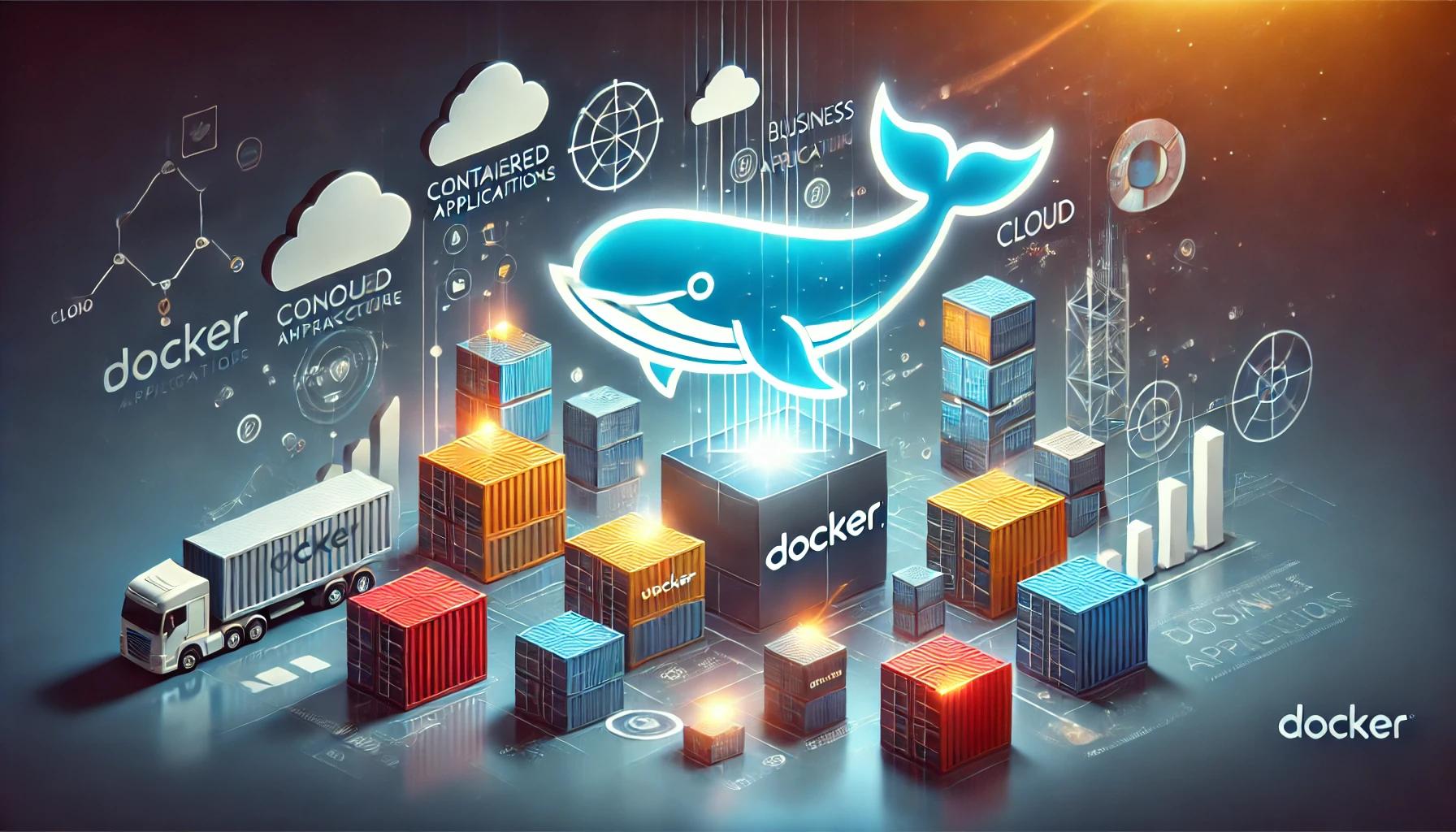In recent years, everyone has been talking about Docker and Kubernetes—but what do these terms actually mean? Many people hear these buzzwords without fully understanding what they are. Let’s clear things up.
In this article, we’ll explain in a simple and clear way:
What
Docker is and why it has become so popular.
The difference between Docker and Kubernetes.
How all of this can benefit your business.
What is Docker? (A Truly Simple Explanation)
Docker is a technology that allows you to “package” any software or website into a small, portable environment called a Container.
Imagine you need to move an entire house from one location to another.
Instead of transporting each item separately, you pack everything into one container, seal it, and move it effortlessly.
Similarly, Docker lets you take your application—including all its software, settings, and files—package it into a container and run it anywhere (on your servers, in the cloud, or on a client’s machine) without worrying about compatibility issues.
Why is Docker So Popular?
Docker has gained massive popularity thanks to several key advantages:
Saves Time – No need to install or configure software repeatedly. Just run the container, and you’re ready to go.
Consistency – The environment is always identical, no matter where you run it—no surprises or unexpected issues.
Enhanced Security – Each application runs in an isolated environment, reducing security risks.
Easy to Use – You don’t have to be a tech expert to get started with Docker.
Wait, So What is Kubernetes? And How is it Different from Docker?
Now that we understand Docker allows us to package applications into small, easy-to-use containers, what happens when you need to manage a large number of containers? Things can get complicated quickly.
This is exactly why Kubernetes exists.
Docker lets you package and run a single application (or a few applications) inside containers.
Kubernetes is a more advanced system that automatically manages hundreds or thousands of containers, ensuring they remain available, scale efficiently, and recover from failures.
In short, Kubernetes is like the "big manager" of Docker.
A Simple Analogy
Docker is like a single shipping container that holds your items (your software).
Kubernetes is like a logistics manager who oversees hundreds of containers, ensuring everything runs smoothly and automatically.
How to Get Started with Docker in OMC Cloud?
OMC Cloud offers ready-to-use servers with Docker pre-installed:
Log into your OMC Cloud Console (console.omc.cloud).
Click "Create a New Server."
Choose the pre-configured Docker template.
In less than a minute, you’ll have a cloud server with Docker ready to go.
First Steps to Using Docker Easily
Once your cloud server is set up, you can launch your first container right away.
For example, to deploy a WordPress website in just one minute, simply run this command:
bash
Copy code
docker run -d -p 80:80 wordpress
Within seconds, your website will be live in the cloud.
Pro Tips for Successful Docker Usage
Use Docker Compose to run multiple containers at once with ease.
Ensure your server has at least 2-4GB RAM for smooth Docker performance.
Enable a firewall to protect access to your containers in the cloud.
Common Issues & Quick Solutions
If the container won’t start or is unreachable:
Check if firewall ports are open.
View Docker logs with this command:
bash
Copy code
docker logs container-name
If the server is slow or unresponsive:
Increase CPU/RAM resources via the OMC Cloud dashboard.
Need Additional Help?
The OMC Cloud support team is available to help you get started with Docker and assist with any questions or issues.
Try it today and experience the simplicity of Docker in the cloud!
